Messier 57 (M 57)
Introduction | Map | Find/Identify | Sketch | My
Best Own Photos | My
Own
Observations | References || Appendix:
My
Own Photos
On this page I collect my observations of the planetary nebula M
57 (NGC 6720),
called Ring Nebula, in the constellation
Lyra.
Introduction
The Ring Nebula M 57 in the constellation Lyra is
a planetary nebula and an interesting observation object, because, under
favorable conditions, you may be able to recognize a ring structure visually. However,
I only saw the ring really well at the observatory in Betz, France,
with a larger telescope.
In the eVscope or Vespera, however, the ring can be recognized well, even though M 57 is already very small in the Vespera.
Nearby (about 4') to M 57 is the barred spiral galaxy IC 1296, which is barely visible in most photos, because it is so faint (about 15 mag). I came across it by chance via an entry in a Facebook group (July 8, 2024). I randomly selected an eVscope 2 photo and checked whether nova.astrometry.net was able to find the galaxy. The galaxy was indeed found!
| M 57 (NGC 6720) |
|
IC 1296 |
Size: 3' x 2.4' (Wikipedia)
Distance: 2,570 light years (Wikipedia)
Rating: **** (Stoyan) |
|
Size: 1,10' × 0,8'[ (Wikipedia)
Distance: 238 million light years (Wikipedia)
Rating: --- |
Observation Notes from Wikipedia (English/German Version)
English version: The nebula disk has an angular size of 1.5 × 1 arcminutes (!!!),
making it too small to be resolved with 10×50 binoculars. It is best
observed using a telescope with an aperture of at least 20 cm (8 in), but
even a 7.5 cm (3 in) telescope will reveal its elliptical ring shape. The
interior hole can be resolved by a 10 cm (4 in) instrument at a magnification
of 100×.
Larger instruments will show a few darker zones on the eastern and western
edges of the ring, and some faint nebulosity inside the disk. The central
star, at magnitude 14.8, is difficult to spot. (From: Ring
Nebula (Wikipedia))
German Version (translated): M 57 can already be perceived as a foggy "smoke
ring" in a small telescope
from 10 cm aperture. It is, however, relatively
small, so that higher magnifications (> 100) are indicated.
In telescopes with an aperture of more than 20 cm, structures in the ring
become visible at higher magnifications. The central star, however, is extremely
faint, havin an apparent brightness of 15.8 m. To observe it, you need a
telescope of at least 25 cm aperture. (From: Ringnebel (Wikipedia))
Map
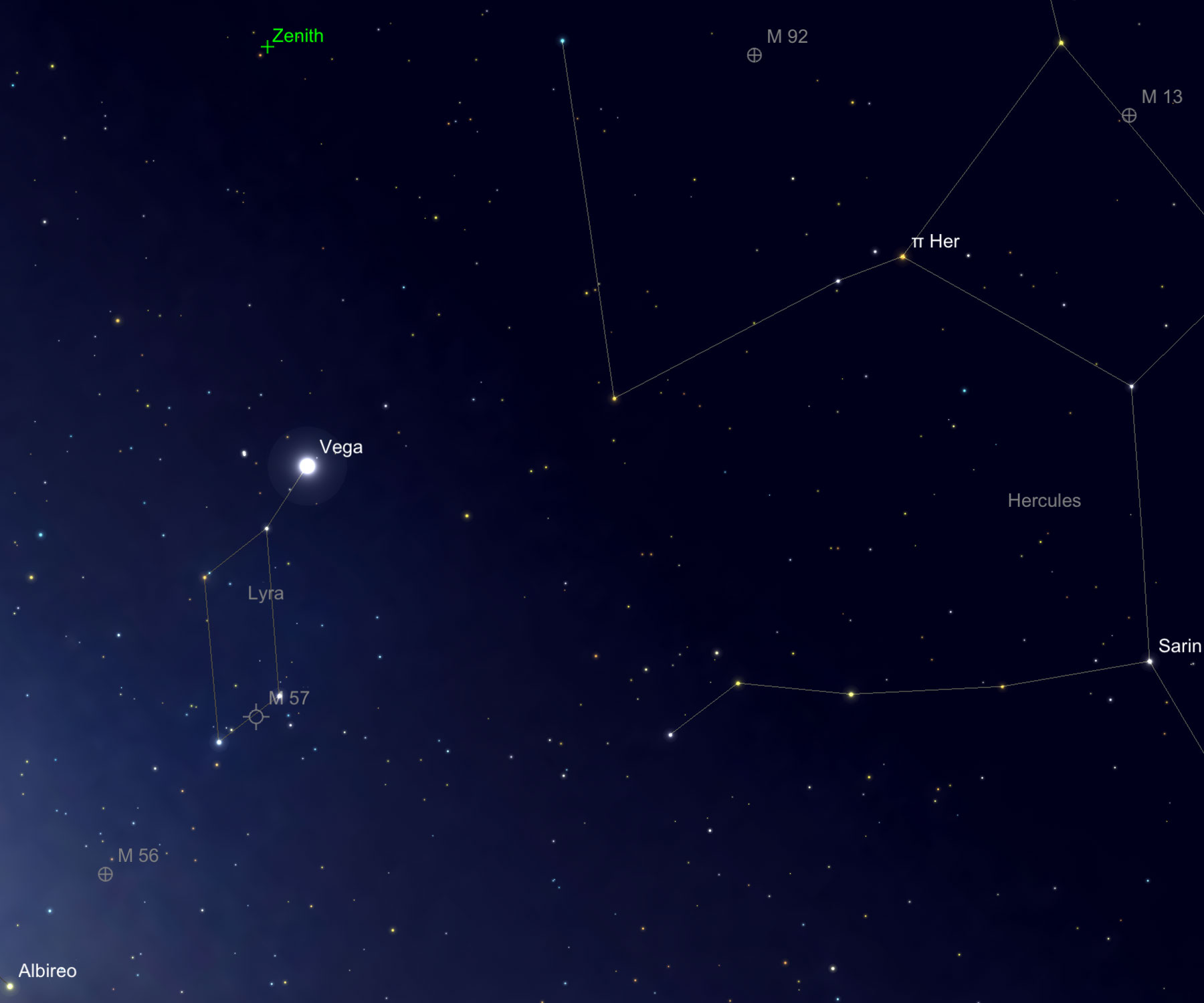
M 57 in Lyra, M 56 is nearby, double star Albireo, too, and the two Hercules clusters M
13 and M 92 are not too far away... (Image Courtesy
of SkySafari Astronomy, www.simulationcurriculum.com)
Find/Identify
Find: M 57 is located between the stars Sulafat and Sheliak in
constellation Lyra (see maps above and below).
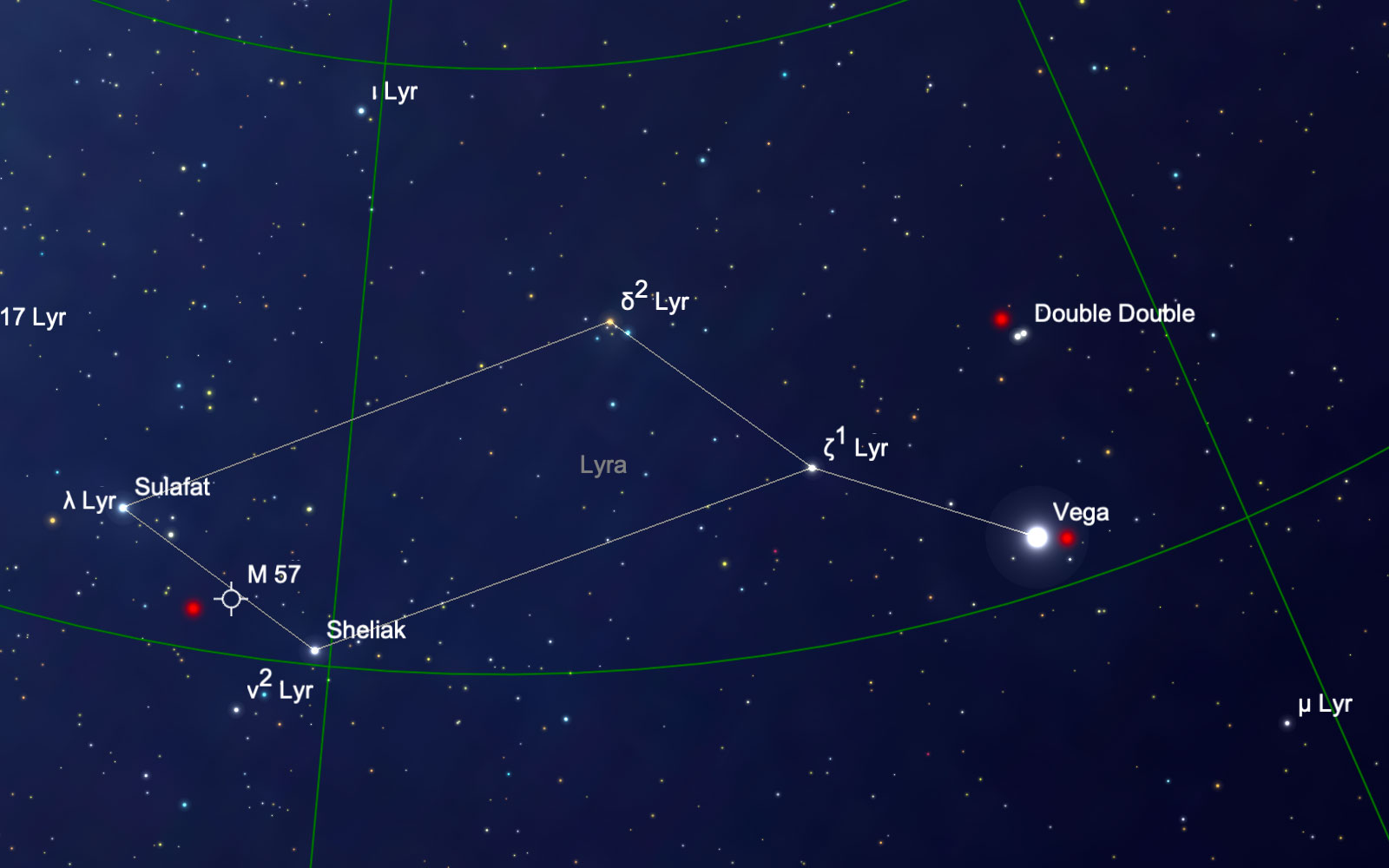
Identify: In small magnifications, M 57 appears like a star,
in slightly higher magnifications M 57 becomes a "blurred star",
and only from a magnification of about 100 x and up, the ring can be recognized.
(Image Courtesy of SkySafari Astronomy, www.simulationcurriculum.com)
Sketch
The sketch by Michael Vlasov (DeepSkyWatch.com)
provides a rough impression of what I observed: Sketch
of M 57 (Ring Nebula) by Michael Vlasov (Copyright © Michael
Vlasov 2016)
Note: I only have the author's permission to link to the sketch.
My Best Own Photos
Atik Infinity & Explorer 150PDS (December 31, 2017)
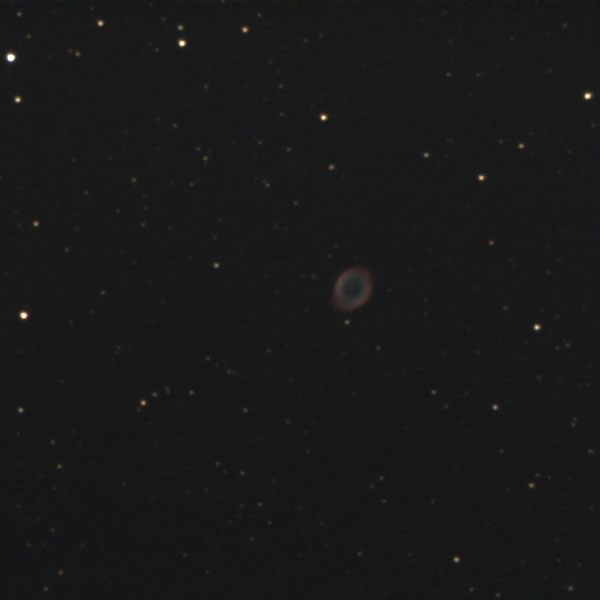 |
|
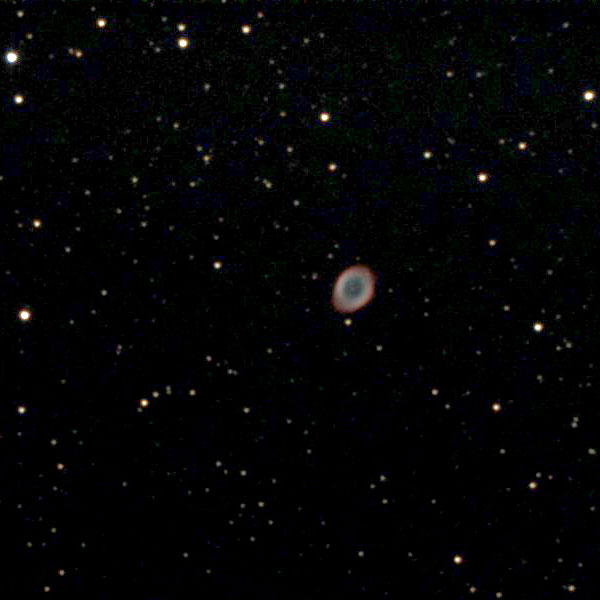 |
|
 |
M 57 (Ring Nebula in Lyra), unprocessed |
|
Ditto, post-processed |
|
Ditto, post-processed (16 bits) |
eVscope
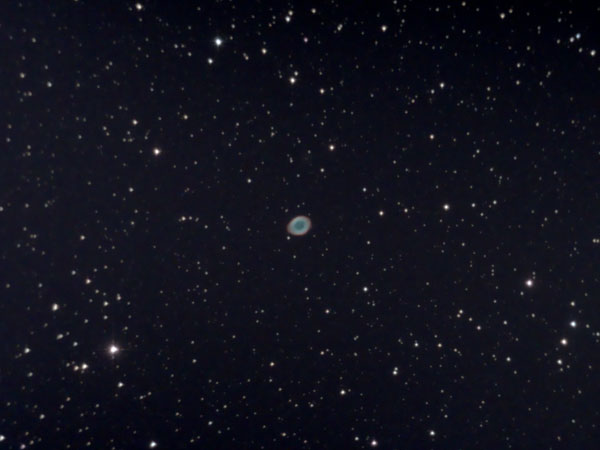 |
|
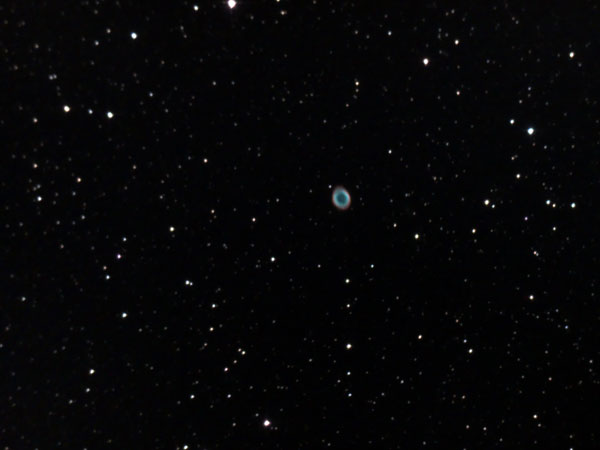 |
|
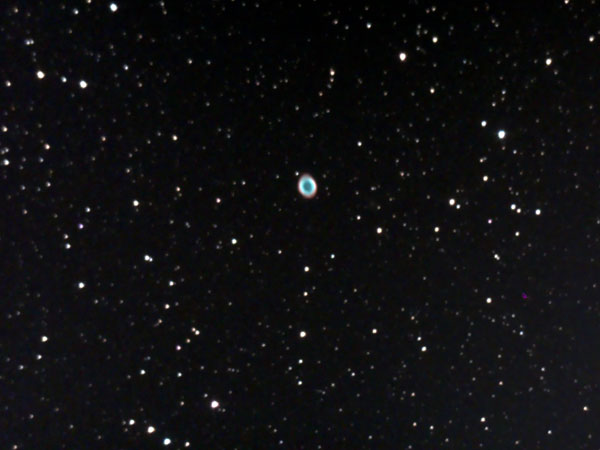 |
M 57 - Jun 12, 2020 |
|
M 57 - Aug 24, 2020 |
|
M 57 - Sep 15, 2020 |
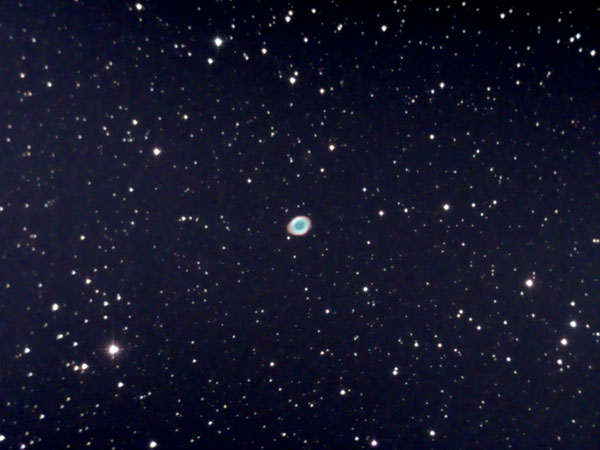 |
|
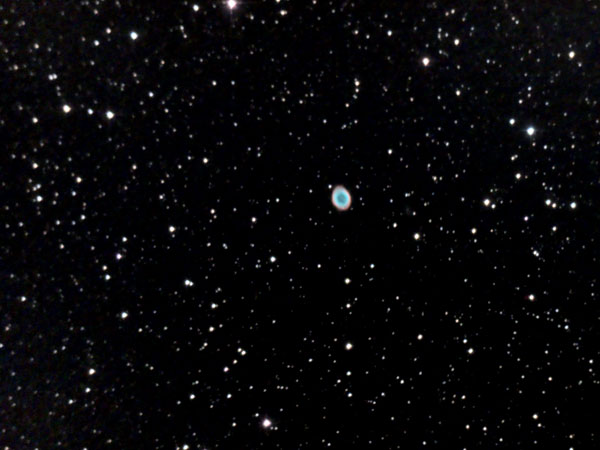 |
|
 |
M 57 - Jun 12, 2020, photo on top processed |
|
M 57 - Aug 24, 2020, photo on top processed |
|
M 57 - Sep 15, 2020, photo on top processed |
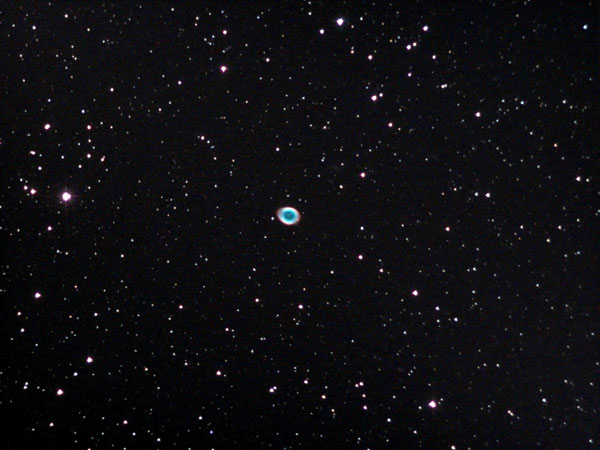 |
|
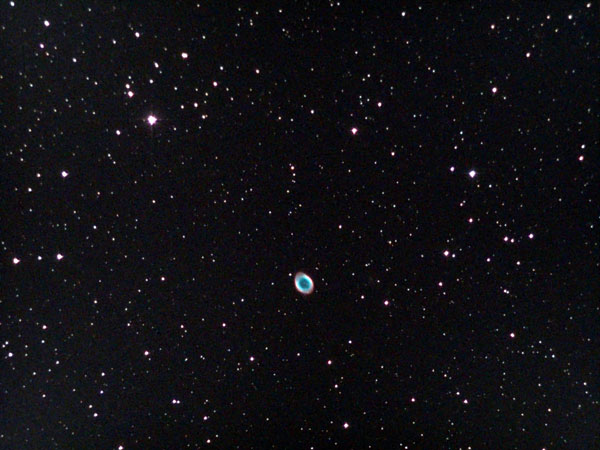 |
|
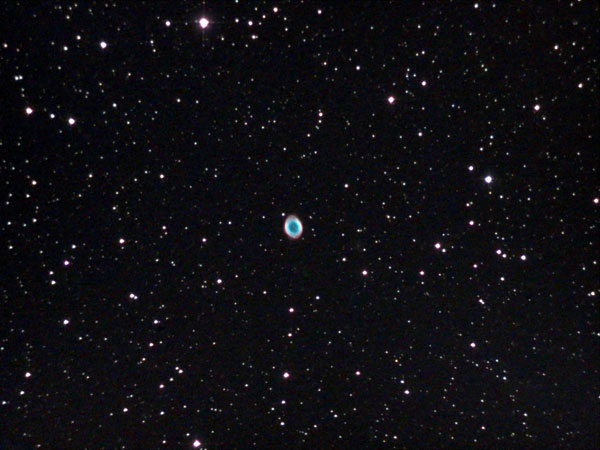 |
M 57 - Jul 18, 2021 |
|
M 57 - Aug 20, 2021 |
|
M 57 - Oct 7, 2021 |
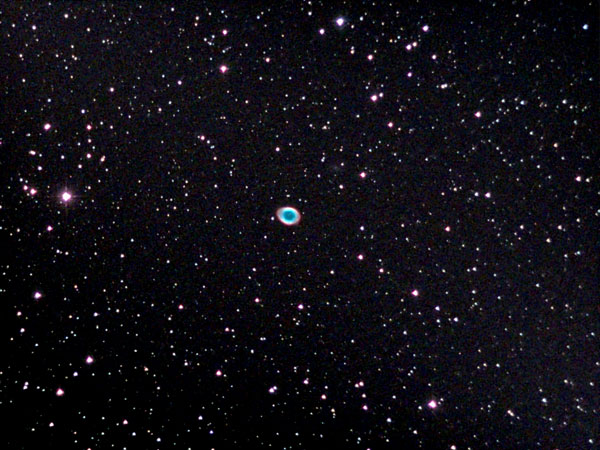 |
|
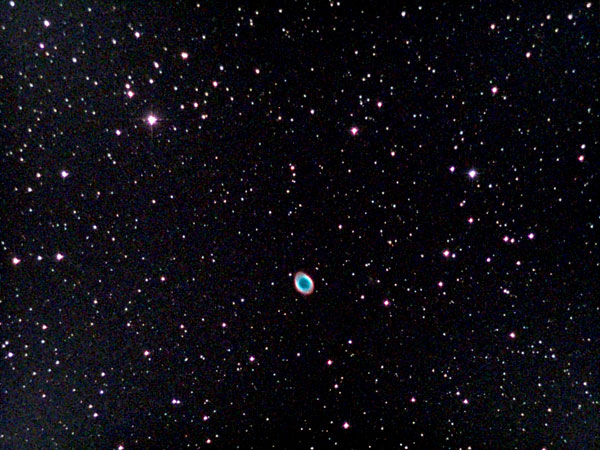 |
|
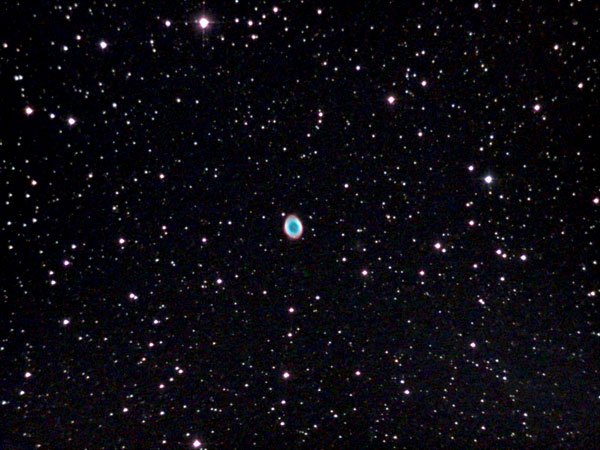 |
M 57 - Jul 18, 2021, photo on top processed |
|
M 57 - Aug 20, 2021, photo on top processed |
|
M 57 - Oct 7, 2021, photo on top processed |
eVscope 2 (3)
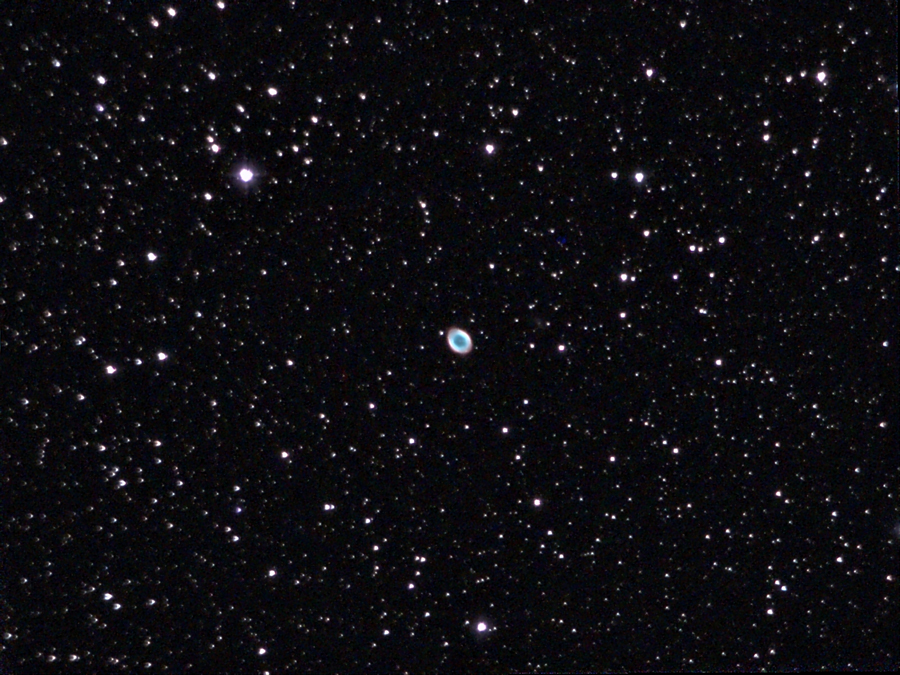 |
|
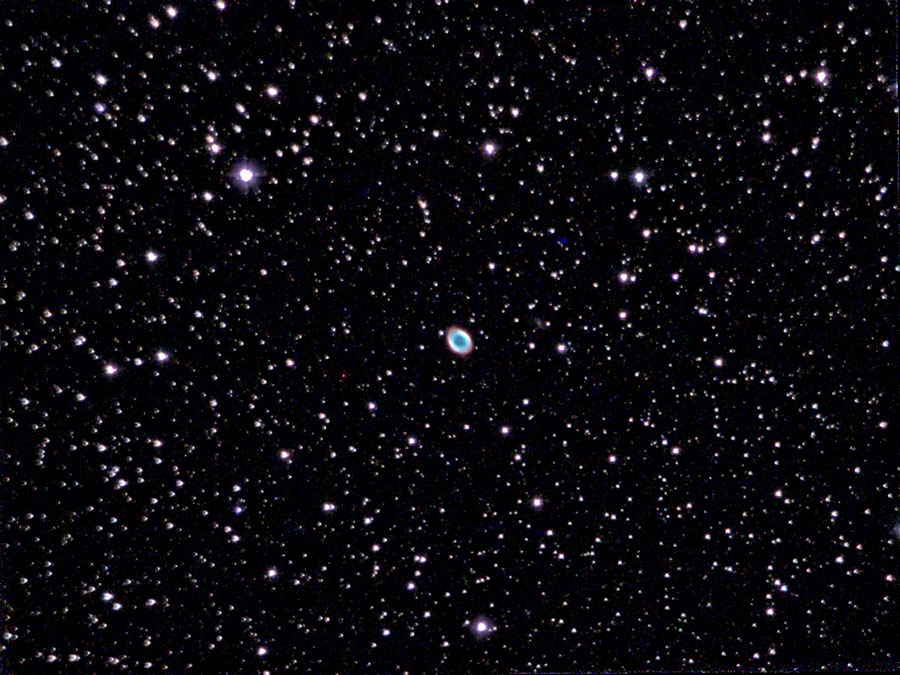 |
|
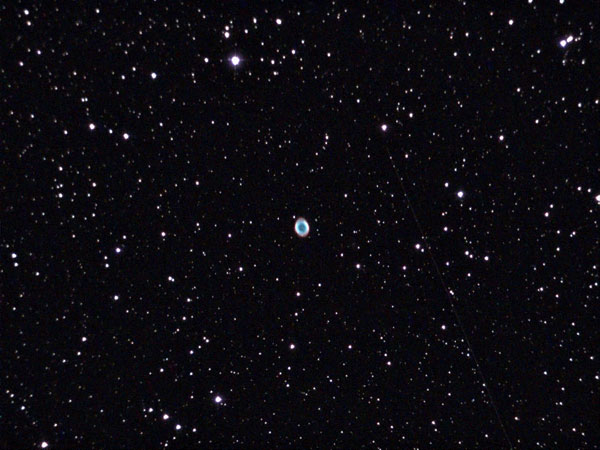 |
M 57 - Aug 21, 2023 |
|
M 57 - Aug 21, 2023, photo left processed |
|
M 57 - Dec 18, 2023, 3 min |
| |
|
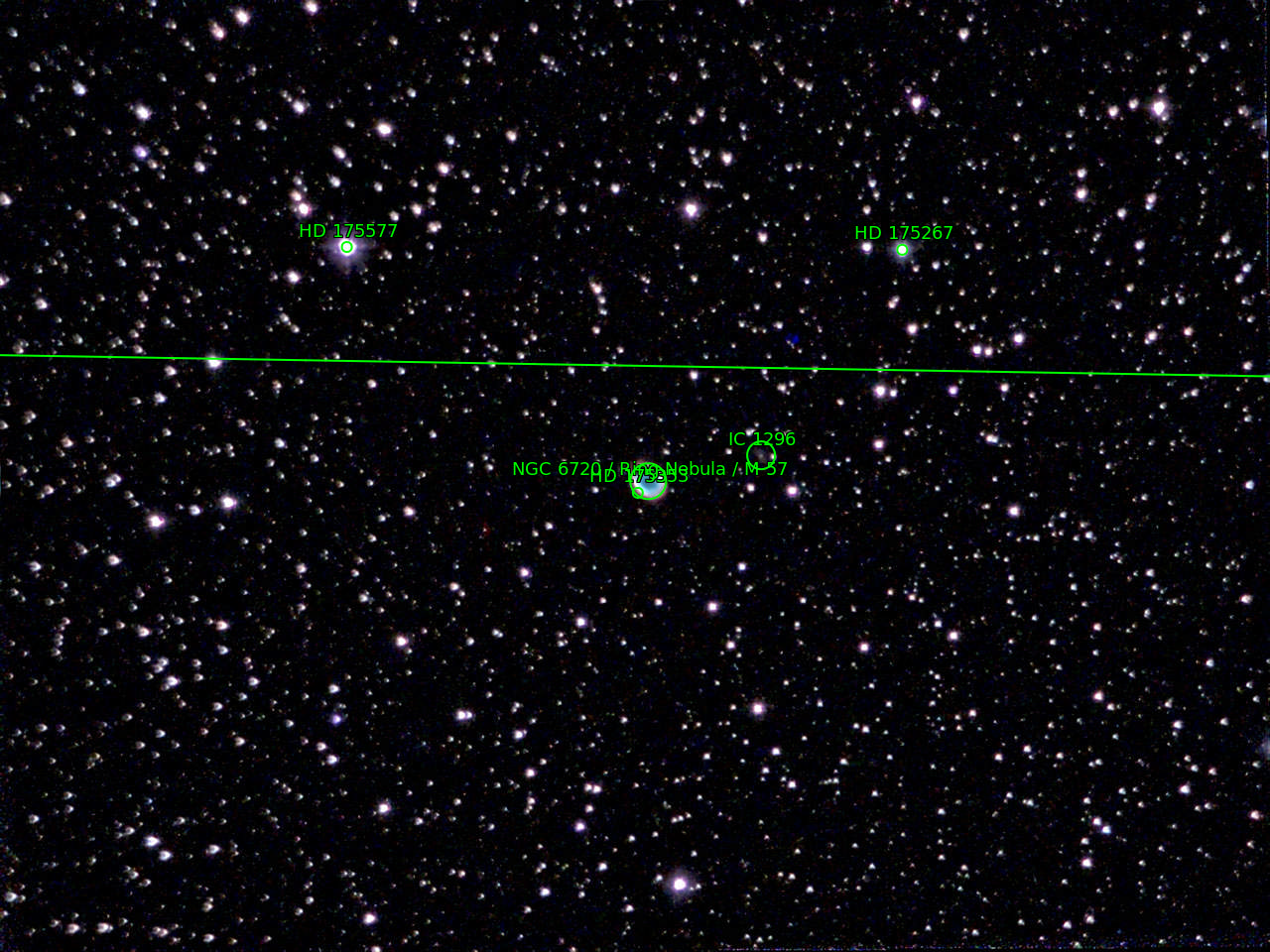 |
|
|
| |
|
Evaluation with nova.astrometry.net |
|
|
Vespera
 |
M 57 - Jul 30, 2022, original (24 frames = 240s) |
Vespera Pro
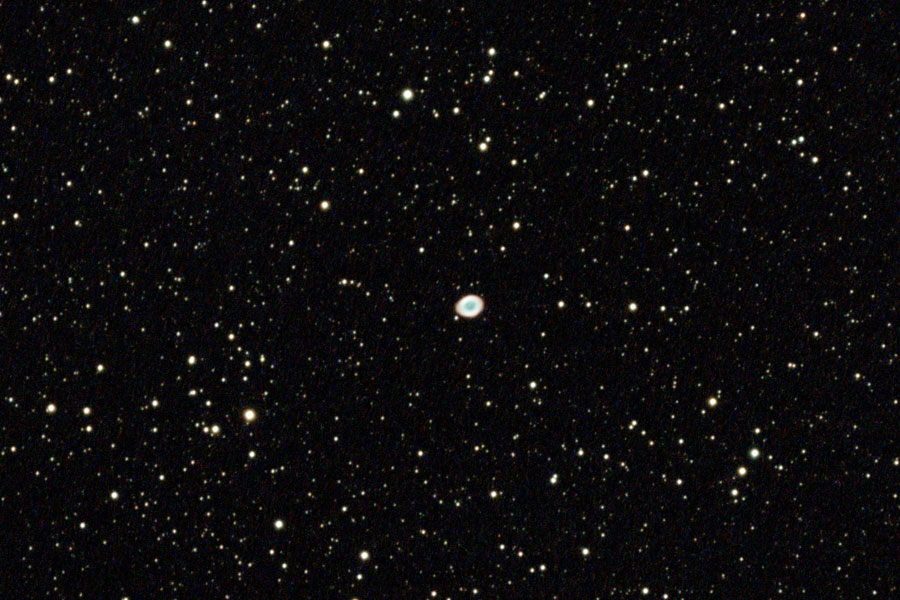 |
|
 |
M 57 - Jul 8, 2024, 1800p (60 frames = 600s) |
|
M 57 - Jul 8, 2024, 1800p (60 frames = 600s), processed |
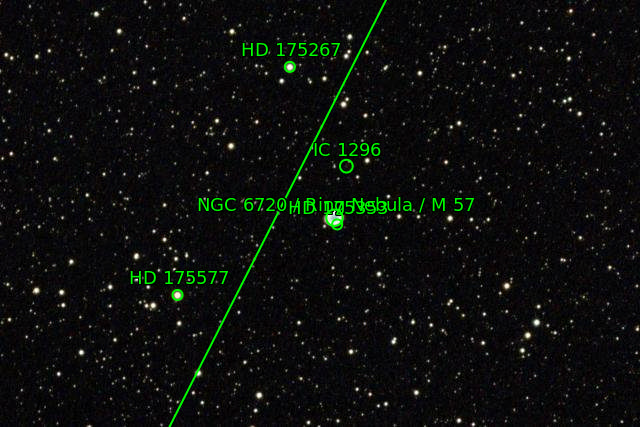 |
|
|
Evaluation with nova.astrometry.net > IC 1296 |
|
|
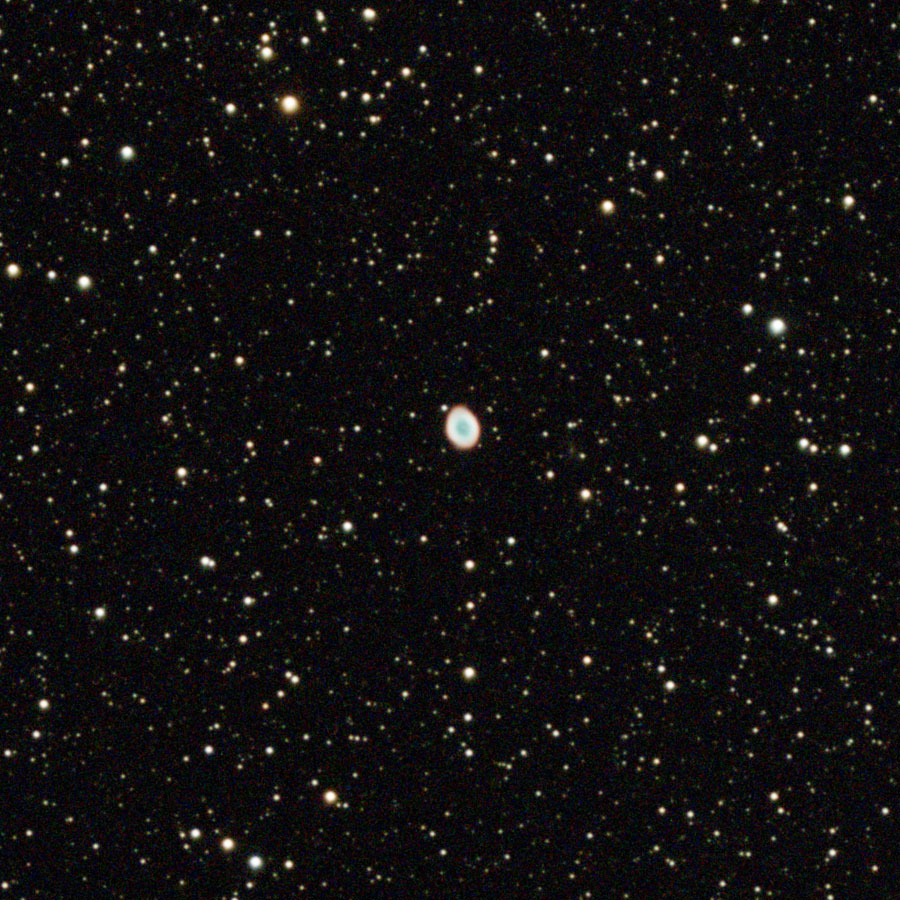 |
|
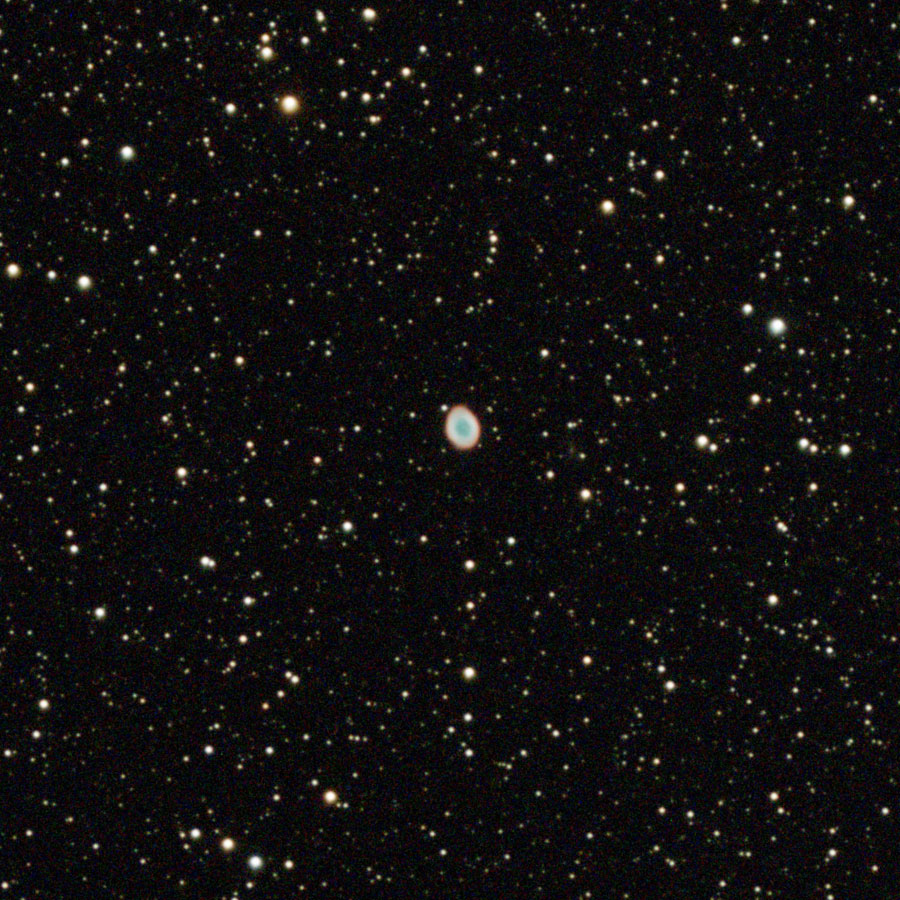 |
M 57 - Aug 30, 2025, 1200p (62 frames = 10:20 min) |
|
M 57 - Aug 30, 2025, 1200p (62 frames = 10:20 min), processed |
My Own Observations
Observations Summer to Autumn 2016
- September 7, 2016 (Mühlhausen/Kraichgau: Skymax-102 on
the GoTo mount) and September 9,
2016(ditto: Heritage P130 on GoTo mount):
Observed M 57 - the nebula was small and faint, and the ring was,
at best, to be adumbrated at higher magnifications.
- End of September/beginning of October 2016 (Sumène, Haute Loire,
France: Heritage 100P): In spite of
several attempts, I was not able to find M 57 (ditto in September
2017).
Note: Observation by someone else: At around 100 x you should see that it's
a ring, if the sky is truly dark it should be very obvious.
Observations August 2018
- Aug 19, 2018 (Mühlhausen/Kraichgau: Skymax-102, Skymax-127, Sky-Watcher
AZ Pronto Mount): M
57 observed with both tubes; for the first time, M 57 was well visible
at different magnifications, perhaps even (with indirect viewing...)
that it has a ring shape - I was pleasantly surprised!
Observations September to November 2018
- Sep 28, 2018 (Sumène, France: PS 72/432, AZ
Pronto Mount): M 57 observed with PS 72/432 and not seen much
- small...
- Oct 5, 2018 (Betz, France: telescope forgotten): M
57 well to see, even the "hole"
- Oct 12, 2018 (Mühlhausen/Kraichgau: PS
72/432, AZ
Pronto Mount, Heritage
100P): Observed M 57 (Ring Nebula) up to 108 x/114
x, partly with a hole at the center at higher magnifications.
- Nov 12, 2018 (Mühlhausen/Kraichgau: Heritage
100P): Observed M 57 with the telescope at different magnifications;
no ring.
Observations August 2019
- Aug 26, 2019 (Mühlhausen/Kraichgau: Explorer
150PDS on Star
Discovery GoTo Mount, Starsense): M 57 observed at different
magnifications, M 57 was well visible at different magnifications, even
that it has a ring shape - I was pleasantly surprised!
Observations September/October 2019
- Oct 3, 2019 (Sumène, France: StarTravel
120/600 on AZ
Pronto Mount): M 57 (24, 10, 7, 4 mm) not found with 24 mm,
but found with 10 mm and shorter; also observed with 7 and 4 mm; guessed
a hole/ring at 4 mm...
Observations December 2019
- Dec 10, 2019 (Mühlhausen/Kraichgau: C8 on Star
Discovery GoTo Mount, Skymax-127 on Sky-Watcher
AZ Pronto Mount): M 57 with C8 and 35 mm eyepiece the ring
could at least be suspected with averted vision, with 28 mm eyepiece
the ring was recognizable more clearly; in the SM127 (24 mm), the ring
nebula was just a "round
glow"...
Observations April to November 2020
- April 15, 2020 (Mühlhausen/Kraichgau: eVscope): M
57 photographed in the morning.
- June 11, 2020 (Mühlhausen/Kraichgau: eVscope): M
57 photographed in the new rectangular format without overlay
- June 12, 2020 (Mühlhausen/Kraichgau: eVscope): M
57 photographed (n.o., r.f.).
- July 3, 2020 (Mühlhausen/Kraichgau: eVscope): M
57 photographed (n.o., r.f.), sky too bright
- July 9, 2020 (Ulm: eVscope): M
57 photographed (n.o., r.f.)
- July 18, 2020 (Mühlhausen/Kraichgau: eVscope): M
57 photographed (n.o., r.f.)
- August 9, 2020 (Mühlhausen/Kraichgau: eVscope): M
57 photographed (n.o., r.f.)
- September 4, 2020 (Mühlhausen/Kraichgau: eVscope): M
57 photographed (n.o., r.f.), not usable...
- September 15, 2020 (Mühlhausen/Kraichgau: eVscope): M
57 photographed (n.o., r.f.)
- September 30, 2020 (Mühlhausen/Kraichgau: eVscope): M
57 photographed (n.o., r.f.)
- November 2, 2020 (Mühlhausen/Kraichgau: eVscope): M
57 photographed (n.o., r.f.)
- November 5, 2020 (Mühlhausen/Kraichgau: TLAPO1027 on AZ4
mount): M
57 observed; faint, but guessed the ring
- November 24, 2020 (Mühlhausen/Kraichgau: eVscope): M
57 photographed (n.o., r.f.)
Observations July to December 2021
- July 18, 2021 (Mühlhausen/Kraichgau: eVscope): M
57 photographed (n.o., r.f.), new image size and processing, poor
collimation despite new collimation
- August 11, 2021 (Mühlhausen/Kraichgau: C5 on AZ-GTi, C8 on Star
Discovery): M 57 observed; ring visible with both tubes,
so we saw the hole in the center (at the end, I found M 57 also with
the C5...)
- August 13, 2021 (Mühlhausen/Kraichgau: C5 on AZ
Pronto): M 57 observed; ring recognizable, so saw the hole
in the center, also with 7 mm (approx. 180 x), but then faint...
- August 14, 2021 (Mühlhausen/Kraichgau: C8 on Star
Discovery): M 57 observed; ring nicely visible
- August 20, 2021 (Mühlhausen/Kraichgau: eVscope): M
57 photographed (n.o., r.f.), new image size and processing, better
new collimation
- August 25, 2021 (Mühlhausen/Kraichgau: eVscope): M
57 photographed (n.o., r.f.), new image size and processing; clouds,
but not around M 57...
- September 2, 2021 (Mühlhausen/Kraichgau: PS72 on AZ-GTi
mount, ASI224): M 57 photographed
- September 4, 2021 (Mühlhausen/Kraichgau: TLAPO1027 on Star
Discovery mount, ASI224 ): M
57 photographed
- October 7, 2021 (Erkerode: eVscope): M
57 photographed (n.o., r.f.), new image size and processing
- October 9, 2021 (Erkerode: eVscope): M
57 photographed (n.o., r.f.), new image size and processing, somewhat
fuzzy
- October 16, 2021 (Erkerode: eVscope): M
57 photographed (n.o., r.f.), new image size and processing
- December 10, 2021 (Erkerode: eVscope
2): M
57 photographed
Observations July 2022
- July 30, 2022 (Mühlhausen/Kraichgau: Vespera): M 57 photographed
Observations August to December 2023
- August 21, 2023 (Mühlhausen/Kraichgau: eVscope2): M 57 photographed together with IC 1296; new image processing (DDT)
- December 18, 2023 (Mühlhausen/Kraichgau: eVscope2): M 57 photographed; new image processing (DDT)
Observations July 2024
- July 8, 2024 (Mühlhausen/Kraichgau: Vespera Pro): M 57 photographed (10 min; with galaxy IC 1296 on evaluation)
Observations August 2025
- August 30, 2025 (Mühlhausen/Kraichgau: Vespera Pro): M 57 photographed (10:20 min), too bright
References
On this Site

Appendix: My Own Photos
Atik Infinity & Heritage 100P (November 29, 2017)
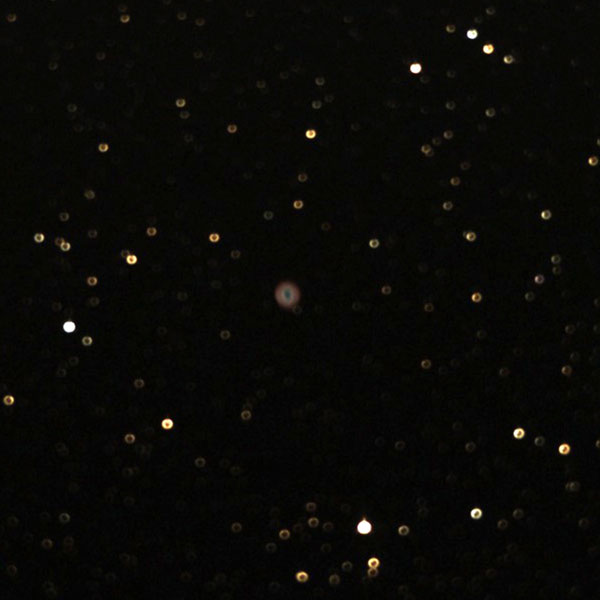 |
|
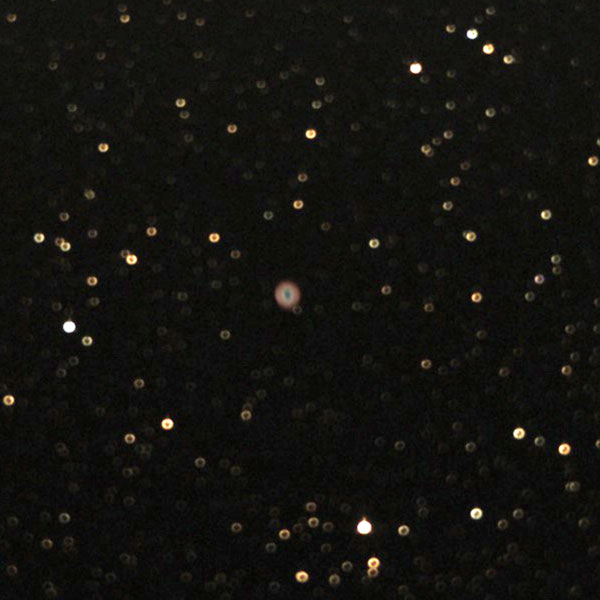 |
M 57 (Ring Nebula in Lyra), unprocessed |
|
M 57 (Ring Nebula in Lyra), post-processed |
Atik Infinity & Heritage 100P (December 7, 2017)
With Barlow Lens (2 x)
 |
|
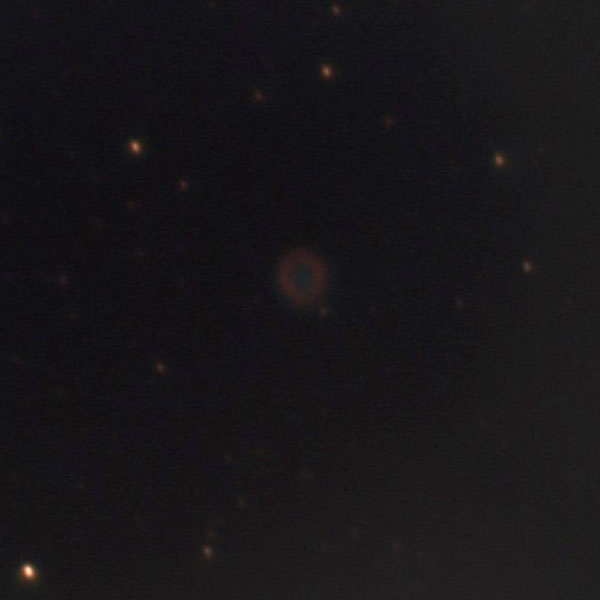 |
|
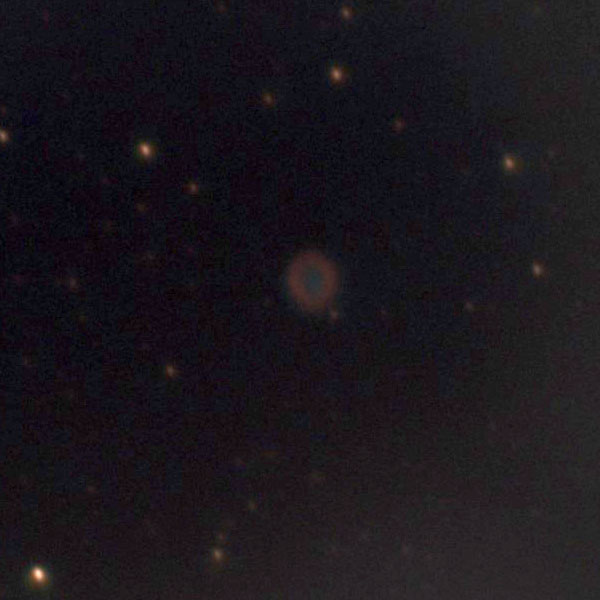 |
M 57 (Ring Nebula in Lyra), unprocessed |
|
Ditto, post-processed |
|
Ditto, more "aggressively" post-processed |
With Focal Extender (2 x)
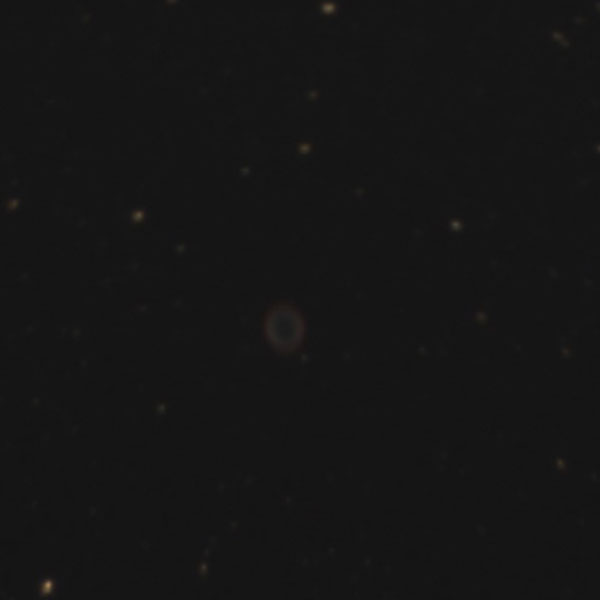 |
|
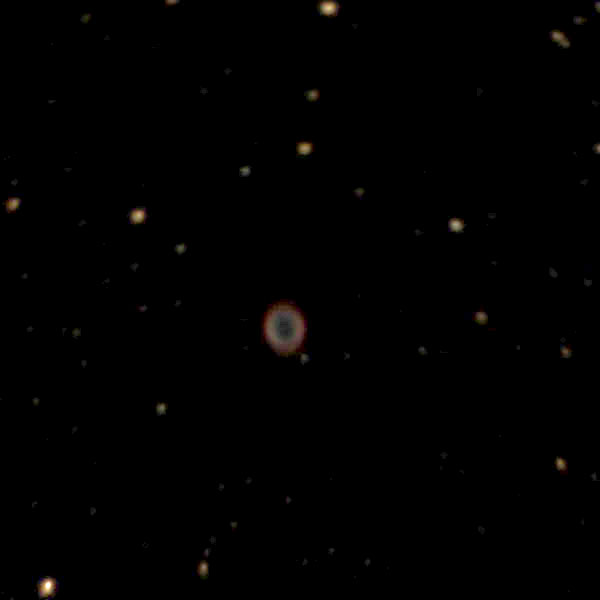 |
|
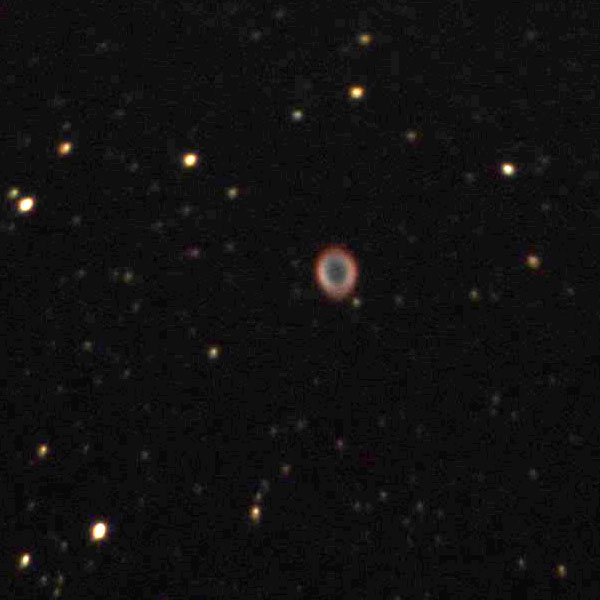 |
M 57 (Ring Nebula in Lyra), unprocessed |
|
Ditto, post-processed |
|
Ditto, more "aggressively" post-processed |
Atik Infinity & Explorer 150PDS (December 31, 2017)
 |
|
 |
|
 |
M 57 (Ring Nebula in Lyra), unprocessed |
|
Ditto, post-processed |
|
Ditto, post-processed (16 bits) |
ZWO ASI224 at Omegon PS 72/432
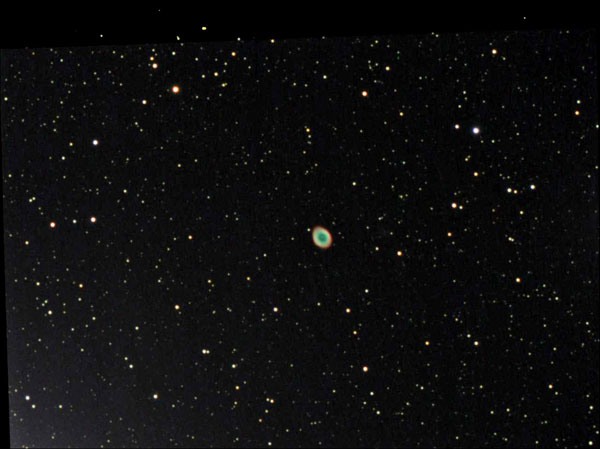 |
|
M 57 - Sep 2, 2021, 72frames, 5sec, gain300, processed |
|
ZWO ASI224 at TS-Optics TLAPO1027
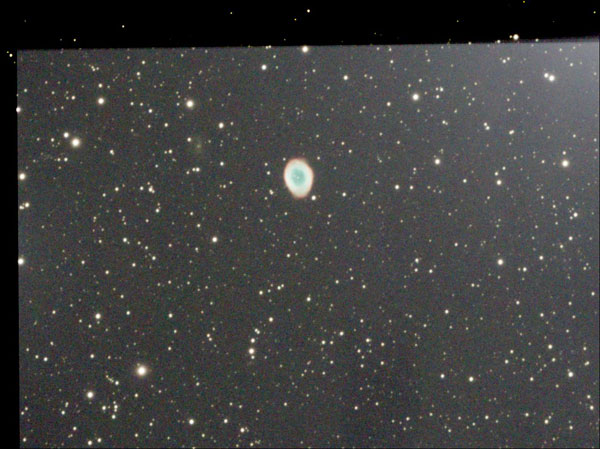 |
|
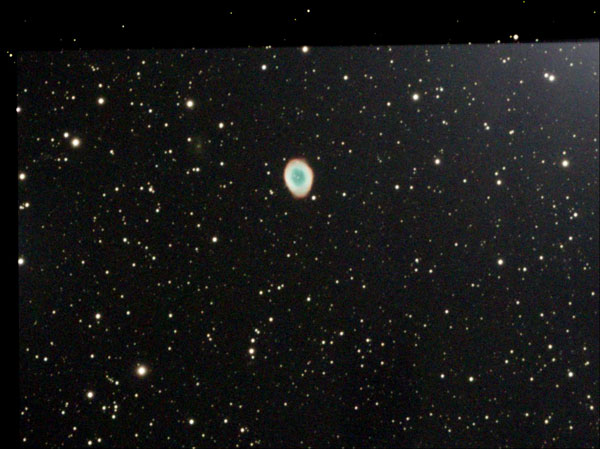 |
M 57- Sep 4, 2021, 73frames, 5sec, gain300 |
|
M 57- Sep 4, 20121, 73frames, 5sec, gain300, processed |
eVscope
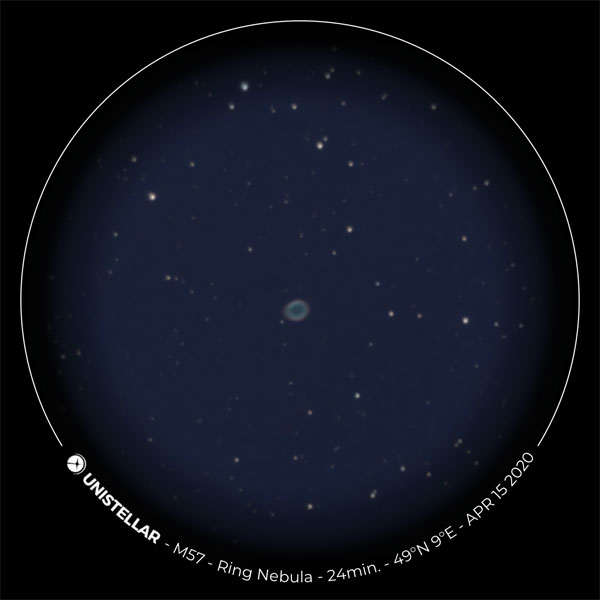 |
|
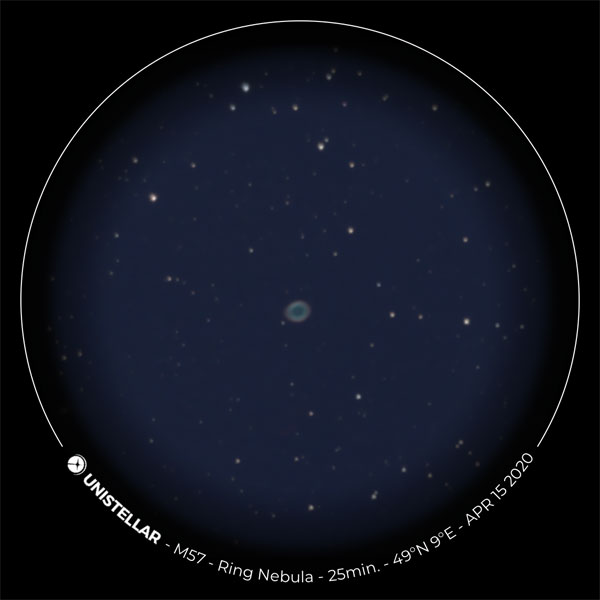 |
|
|
M 57 - Apr 15, 2020 |
|
M 57 - Apr 15, 2020 |
|
|
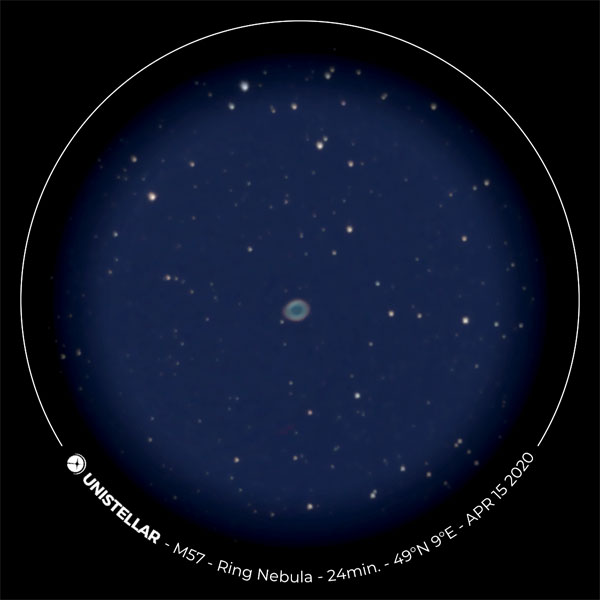 |
|
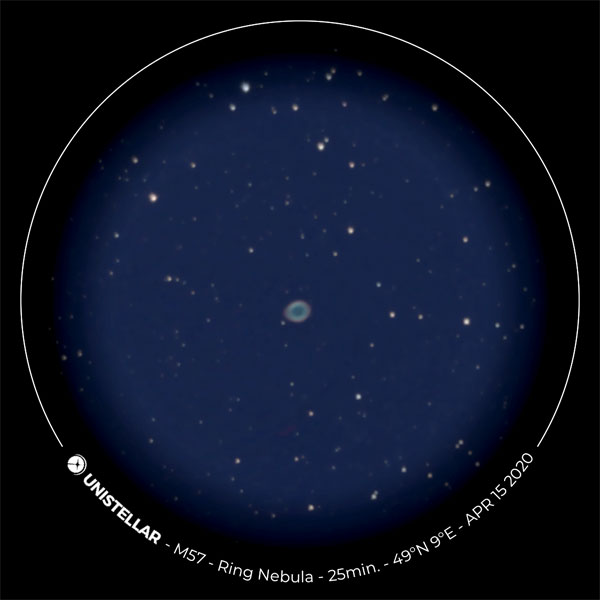 |
|
|
M 57 - Apr 15, 2020, photo on top processed |
|
M 57 - Apr 15, 2020, photo on top processed |
|
|
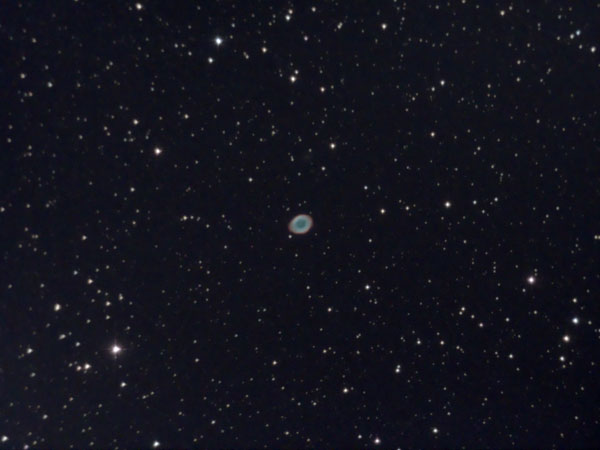 |
|
 |
|
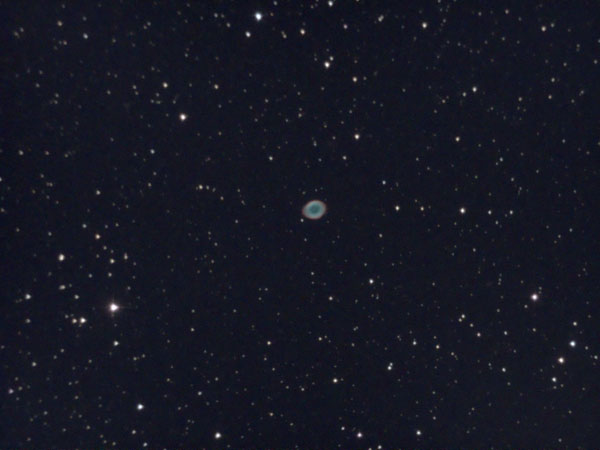 |
M 57 - Jun 11, 2020 |
|
M 57 - Jun 12, 2020 |
|
M 57 - Jul 3, 2020, sky too bright |
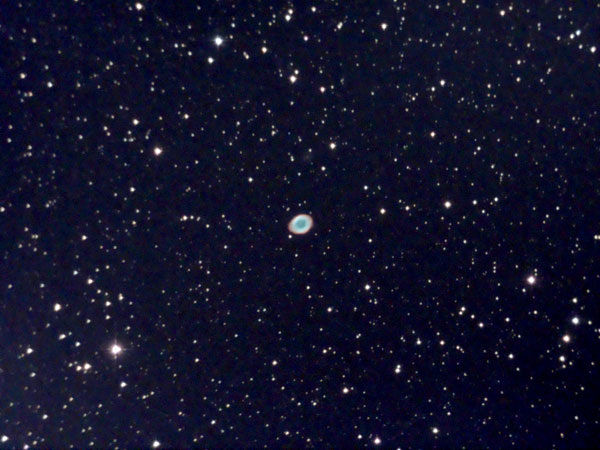 |
|
 |
|
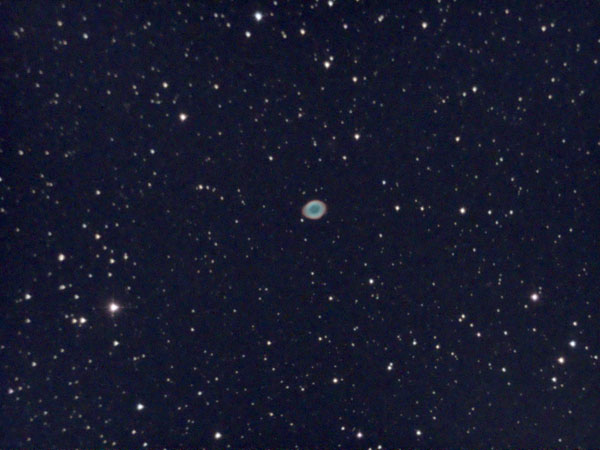 |
M 57 - Jun 11, 2020, photo on top processed |
|
M 57 - Jun 12, 2020, photo on top processed |
|
M 57 - Jul 3, 2020, photo on top processed |
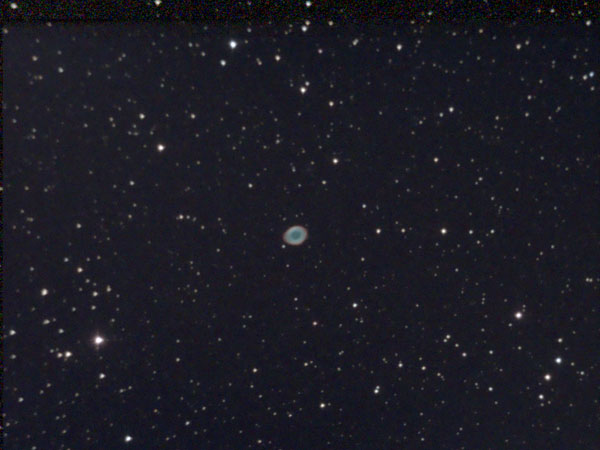 |
|
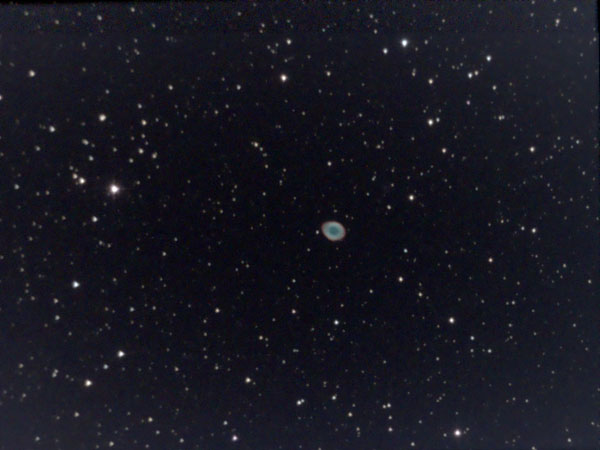 |
|
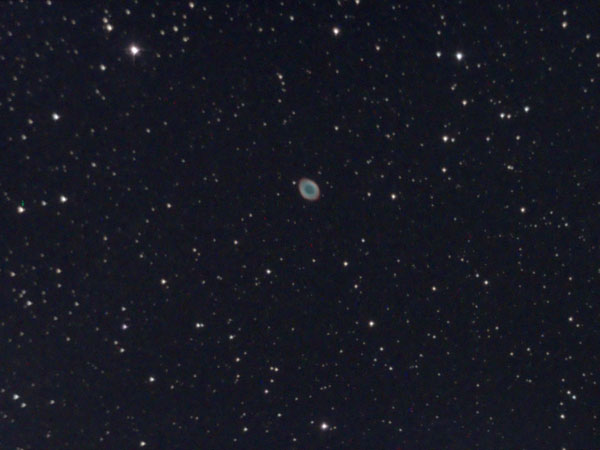 |
M 57 - Jul 9, 2020 |
|
M 57 - Jul 18, 2020 |
|
M 57 - Aug 9, 2020 |
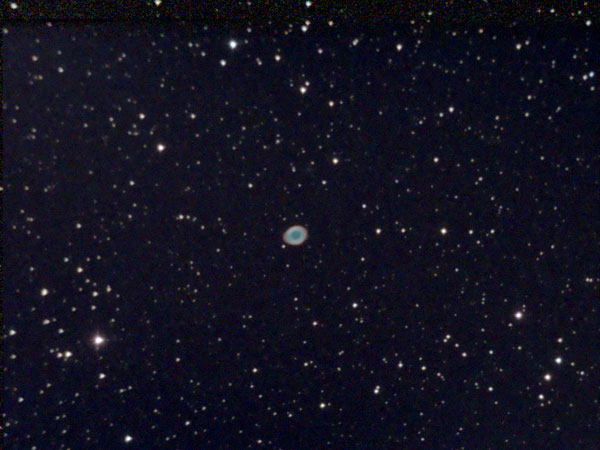 |
|
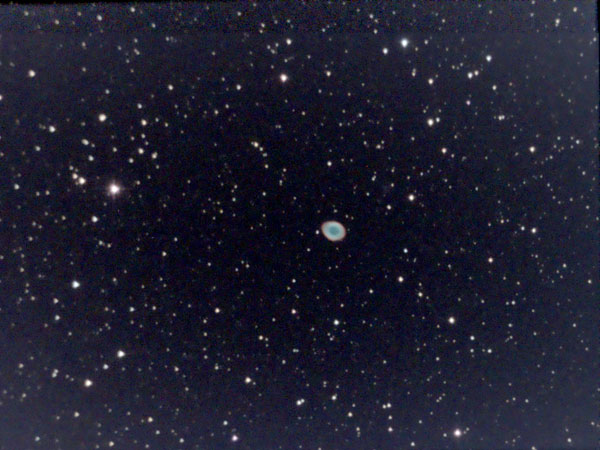 |
|
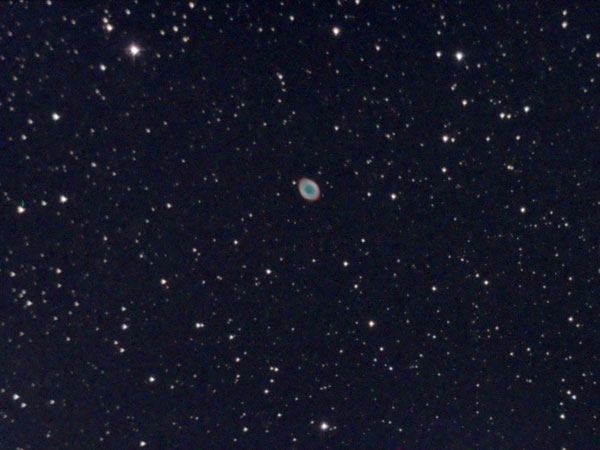 |
M 57 - Jul 9, 2020, photo on top processed |
|
M 57 - Jul 18, 2020, photo on top processed |
|
M 57 - Aug 9, 2020, photo on top processed |
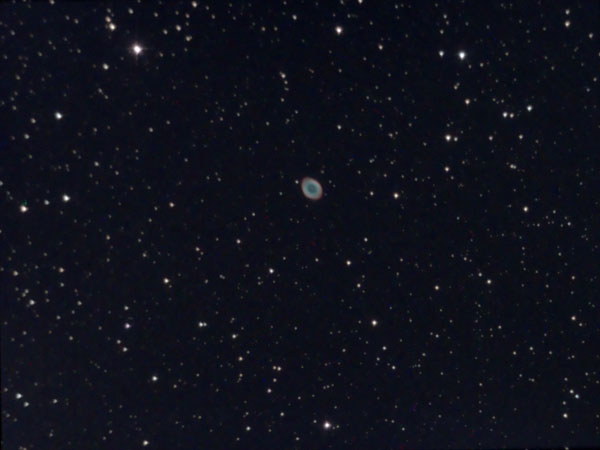 |
|
 |
|
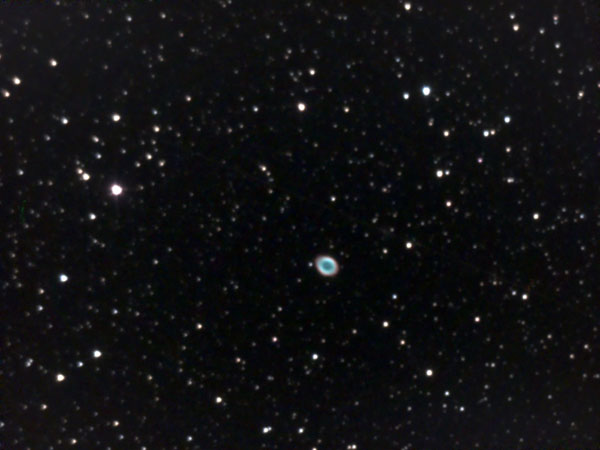 |
M 57 - Aug 9, 2020 |
|
M 57 - Aug 24, 2020 |
|
M 57 - Aug 25, 2020 |
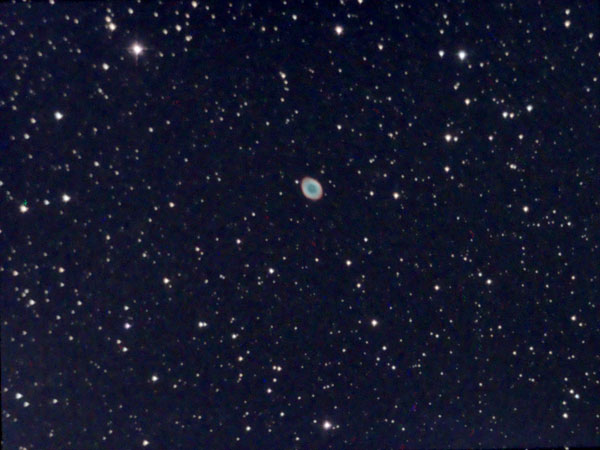 |
|
 |
|
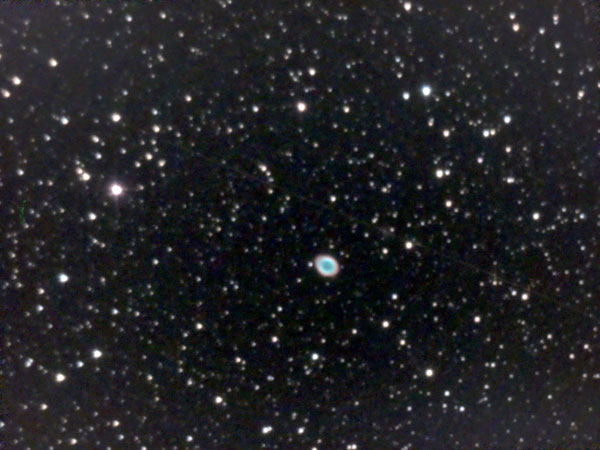 |
M 57 - Aug 9, 2020, photo on top processed |
|
M 57 - Aug 24, 2020, photo on top processed |
|
M 57 - Aug 25, 2020, photo on top processed |
 |
|
 |
|
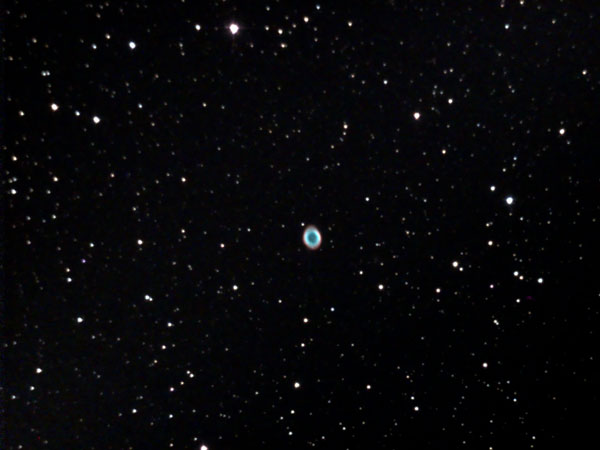 |
M 57 - Sep 15, 2020 |
|
M 57 - Sep 30, 2020 |
|
M 57 - Nov 2, 2020 |
 |
|
 |
|
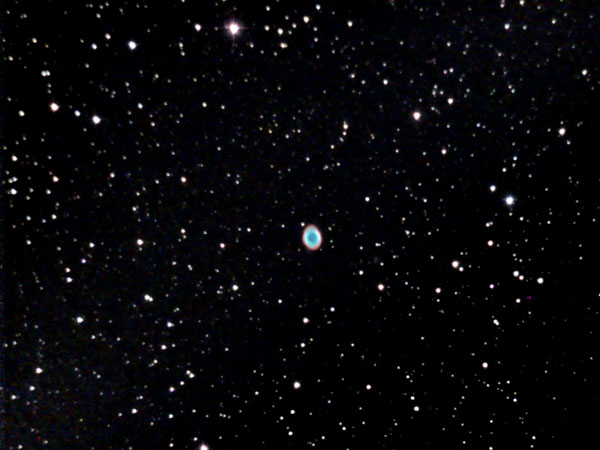 |
M 57 - Sep 15, 2020, photo on top processed |
|
M 57 - Sep 30, 2020, photo on top processed |
|
M 57 - Nov 2, 2020, photo on top processed |
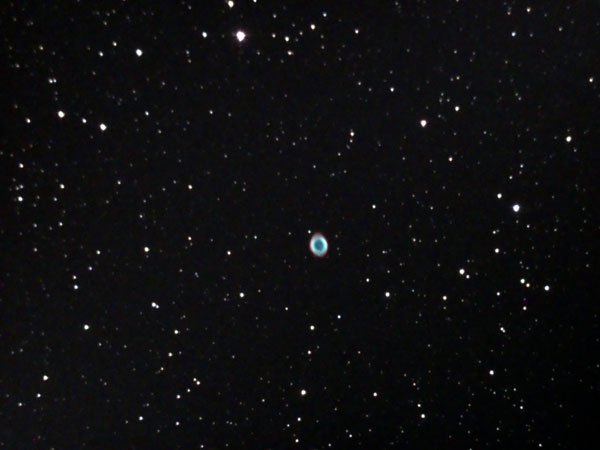 |
|
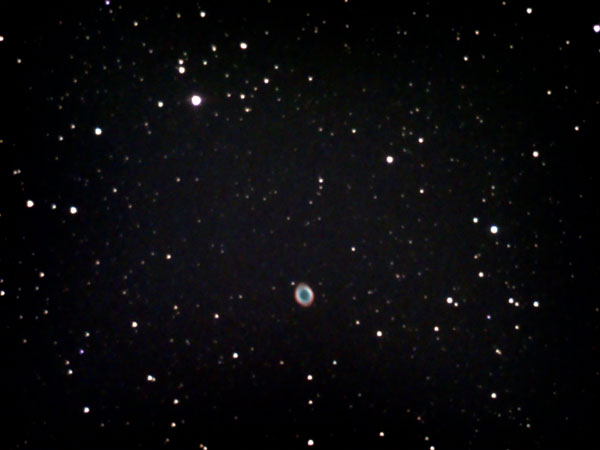 |
|
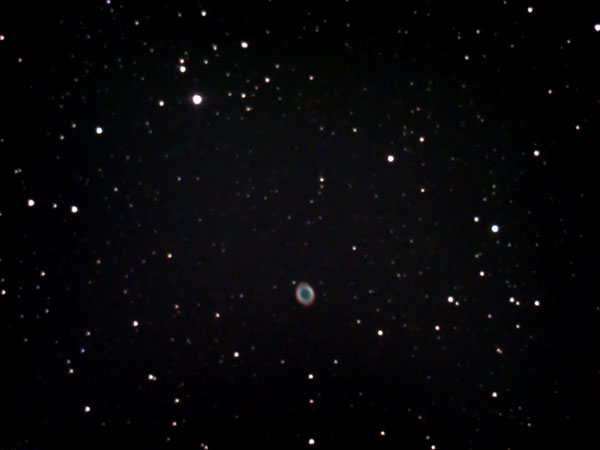 |
M 57 - Nov 2, 2020 |
|
M 57 - Nov 24, 2020 |
|
M 57 - Nov 24, 2020 |
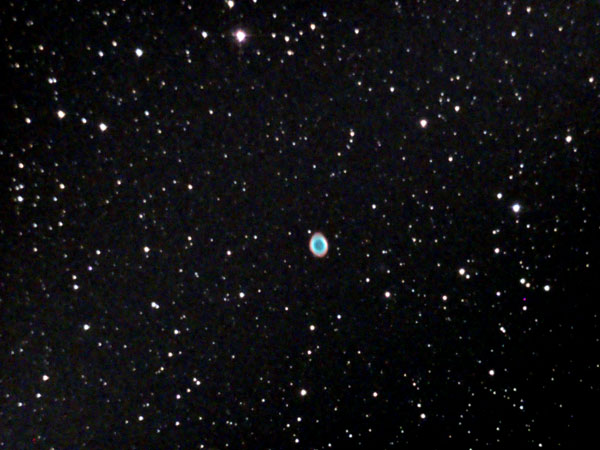 |
|
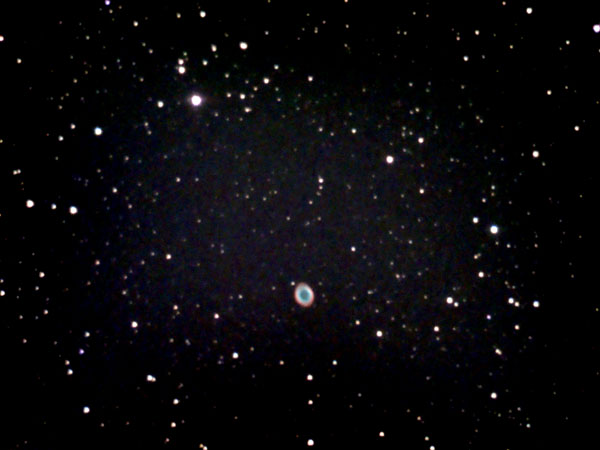 |
|
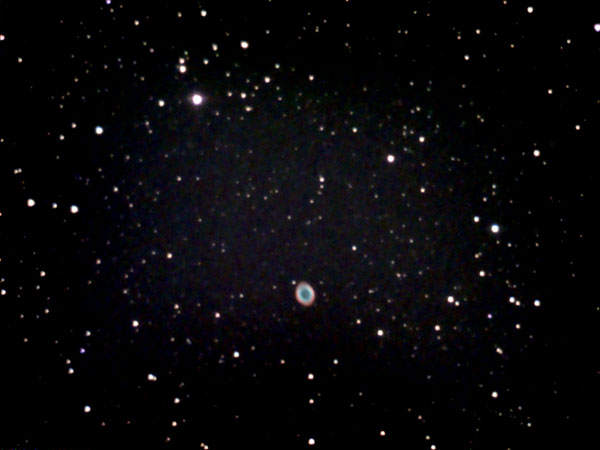 |
M 57 - Nov 2, 2020, photo on top processed |
|
M 57 - Nov 24, 2020, photo on top processed |
|
M 57 - Nov 24, 2020, photo on top processed |
 |
|
 |
|
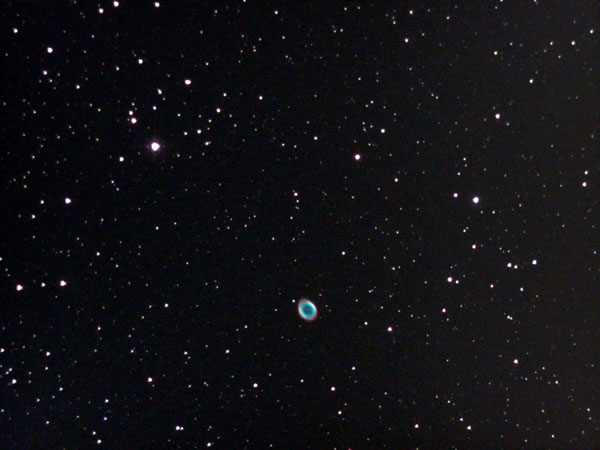 |
M 57 - Jul 18, 2021 |
|
M 57 - Aug 20, 2021 |
|
M 57 - Aug 25, 2021 |
 |
|
 |
|
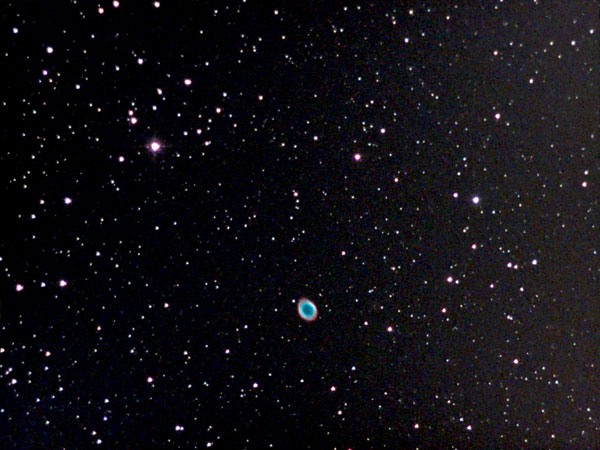 |
M 57 - Jul 18, 2021, photo on top processed |
|
M 57 - Aug 20, 2021, photo on top processed |
|
M 57 - Aug 25, 2021, photo on top processed |
 |
|
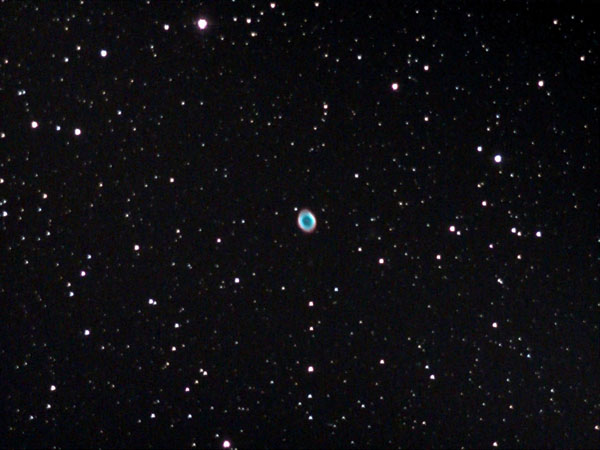 |
|
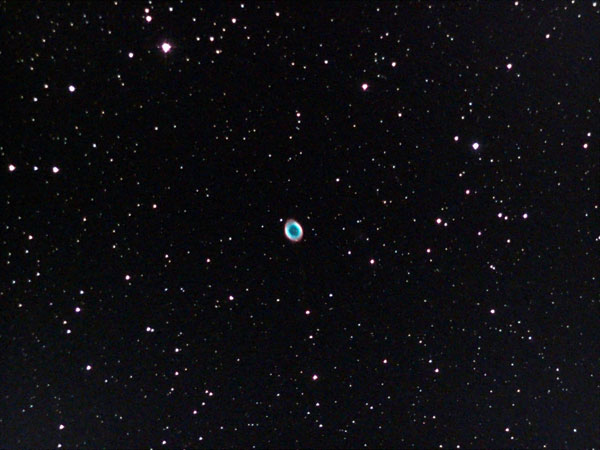 |
M 57 - Oct 7, 2021 |
|
M 57 - Oct 9, 2021, somewhat fuzzy |
|
M 57 - Oct 16, 2021 |
 |
|
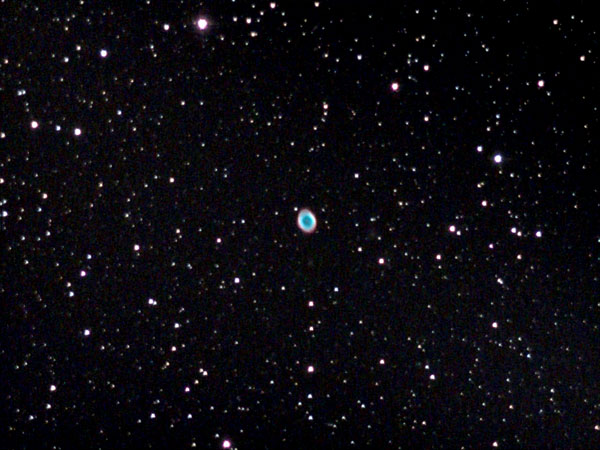 |
|
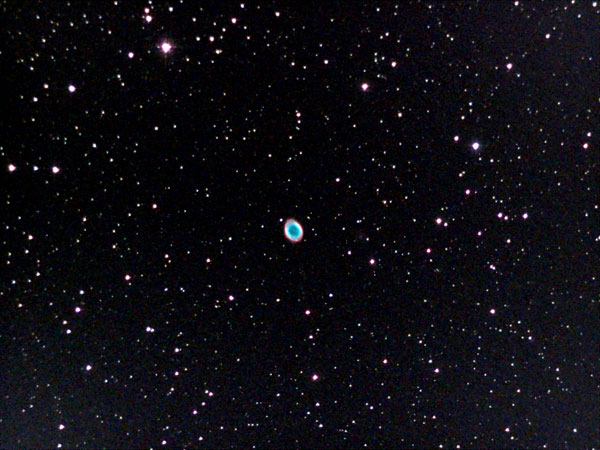 |
M 57 - Oct 7, 2021, photo on top processed |
|
M 57 - Oct 9, 2021, photo on top processed |
|
M 57 - Oct 16, 2021, photo on top processed |
eVscope 2
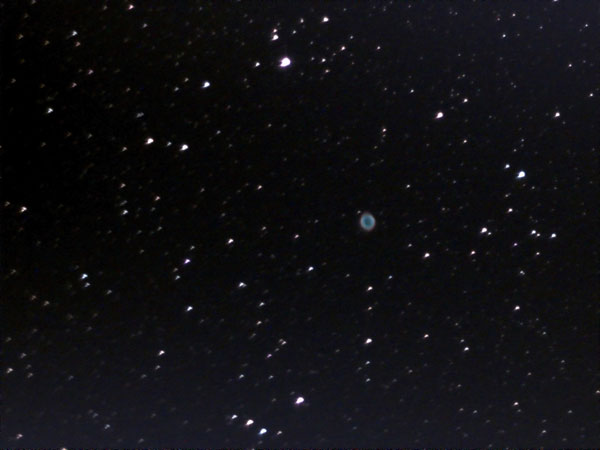 |
|
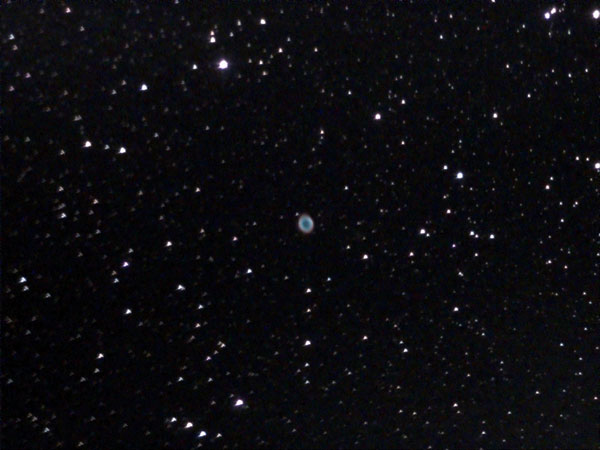 |
|
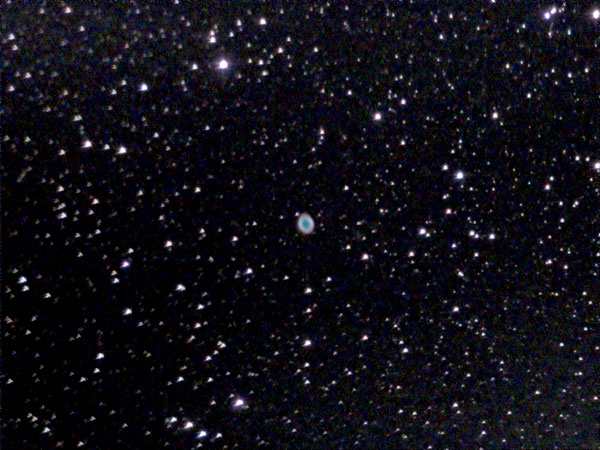 |
M 57 - Dec 10, 2021 |
|
M 57 - Dec 10, 2021 |
|
M 57 - Dec 10, 2021, photo left processed |
eVscope 2 (3)
 |
|
 |
|
 |
M 57 - Aug 21, 2023 |
|
M 57 - Aug 21, 2023, photo left processed |
|
M 57 - Dec 18, 2023, 3 min |
| |
|
 |
|
|
| |
|
Evaluation with nova.astrometry.net |
|
|
Vespera
 |
M 57 - Jul 30, 2022, original (24 frames = 240s) |
Vespera Pro
 |
|
 |
M 57 - Jul 8, 2024, 1800p (60 frames = 600s) |
|
M 57 - Jul 8, 2024, 1800p (60 frames = 600s), processed |
 |
|
|
Evaluation with nova.astrometry.net > IC 1296 |
|
|
 |
|
 |
M 57 - Aug 30, 2025, 1200p (62 frames = 10:20 min) |
|
M 57 - Aug 30, 2025, 1200p (62 frames = 10:20 min), processed |









































